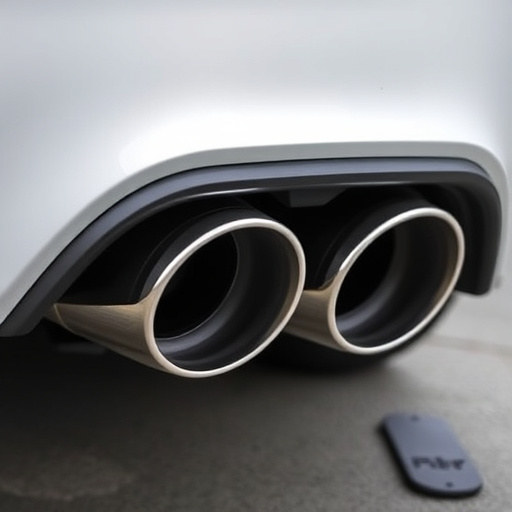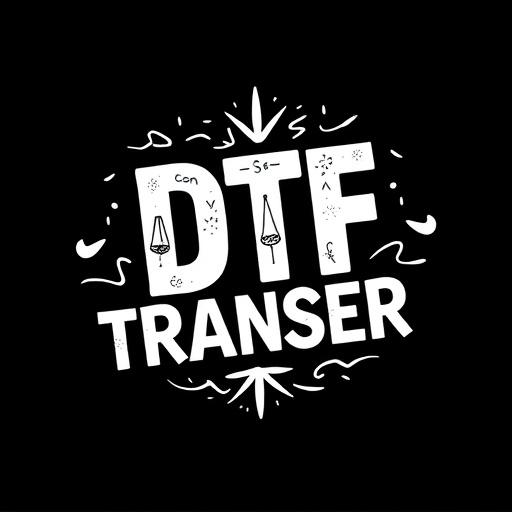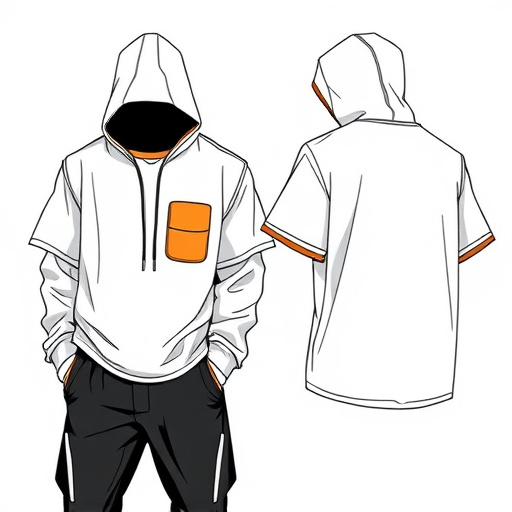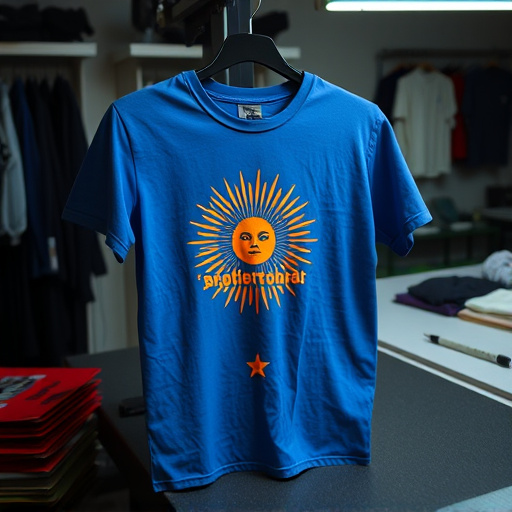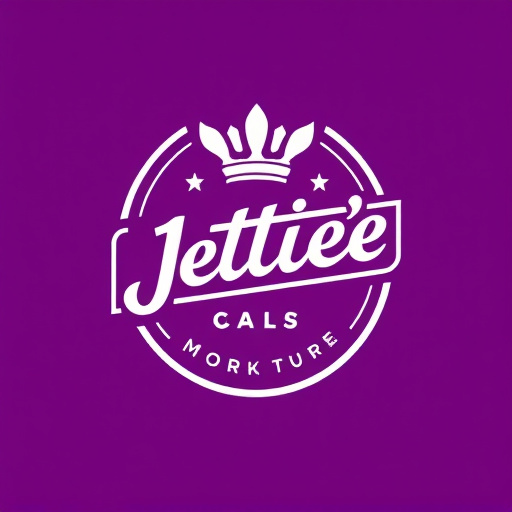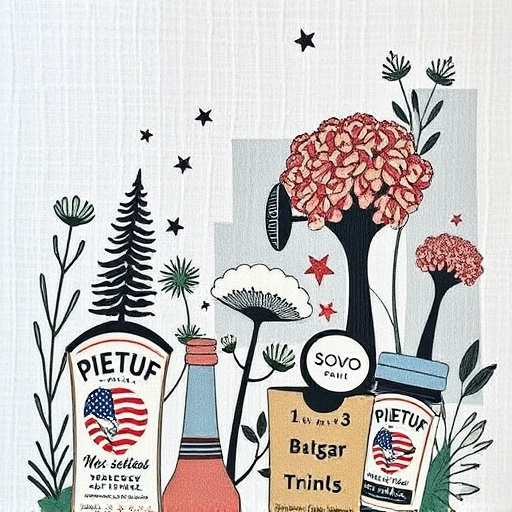DTF Innovation leverages advanced Direct-to-Fabric printing to revolutionize sustainable production in the fashion industry. By eliminating harmful chemical processes and minimizing water consumption, DTF reduces environmental impact while offering precise, intricate design application. Versatility and efficiency of DTF make it an ideal choice for eco-friendly practices, promoting on-demand manufacturing and reducing waste. Recent case studies show successful sustainability initiatives using DTF Innovation, encouraging further adoption in product development and business practices.
“Unveiling the powerful synergy between sustainability and DTF (Disruptive, Transformative) innovation, this article explores how cutting-edge technologies can drive environmental change. We delve into the concept of DTF Innovation, its unique potential for positive impact, and its alignment with global sustainability goals. Through a lens of key drivers and inspiring case studies, we demonstrate successful integrations of green solutions within rapidly evolving technologies, shaping a sustainable future.”
- Understanding DTF Innovation: A Sustainable Approach
- Key Drivers of Sustainability in Rapidly Evolving Technologies
- Case Studies: Successful Integrations of Green Solutions in DTF Innovations
Understanding DTF Innovation: A Sustainable Approach
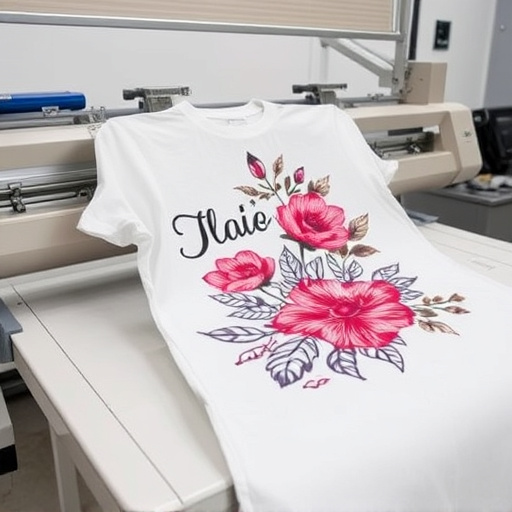
In today’s digital era, DTF Innovation stands as a game-changer in the realm of sustainable production methods. DTF, or Direct-to-Fabric, printing is an advanced technique that enables custom sheets to be heat pressed onto garments, allowing for precise and intricate designs. This method eliminates the need for traditional printing processes, which often involve harmful chemicals and excessive water consumption. By adopting a more sustainable approach, DTF Innovation ensures minimal environmental impact while delivering high-quality results.
The beauty of DTF lies in its versatility and efficiency. It offers a straightforward solution to create unique, personalized garments without compromising on quality or sustainability. This technology empowers businesses and designers to embrace eco-friendly practices, ensuring that fashion can be both trendy and responsible. With DTF prints, the process becomes streamlined, reducing waste and energy usage, making it an ideal choice for those seeking to make a positive impact in the industry.
Key Drivers of Sustainability in Rapidly Evolving Technologies
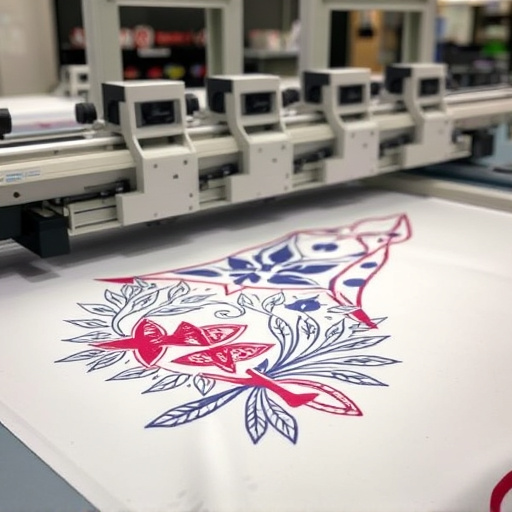
In today’s digital era, the rapid pace of technological evolution has given rise to innovative solutions that are reshaping industries worldwide. At the intersection of this progress and sustainability stands DTF Innovation, a powerful force driving positive change. Key drivers propelling this movement include the quest for eco-friendly materials and processes. For instance, the adoption of cold peel DTF transfers and printing techniques in manufacturing has significantly reduced waste, unlike traditional methods that often leave behind substantial remnants. This shift is a testament to the industry’s commitment to sustainability, ensuring that every step in the production process aligns with environmental consciousness.
Furthermore, the versatility of DTF printing for various products, including hoodies, allows for on-demand manufacturing, minimizing overproduction and its associated environmental impact. By adapting these cutting-edge technologies, businesses can meet consumer demands while maintaining a leaner, more sustainable supply chain. This balance between DTF Innovation and sustainability is not just a trend but a necessary evolution, paving the way for a greener future in technology.
Case Studies: Successful Integrations of Green Solutions in DTF Innovations
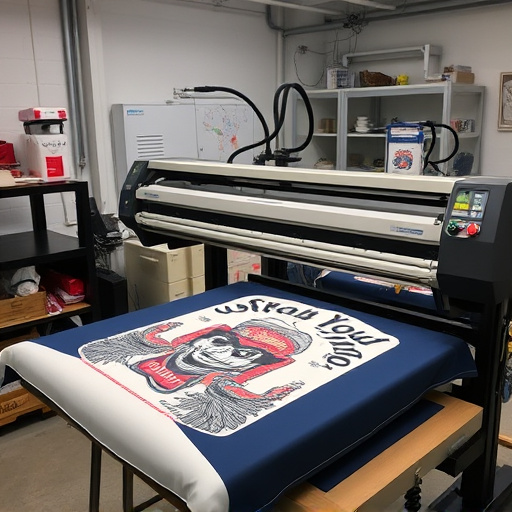
In the realm of DTF Innovation (Direct to Film), numerous successful case studies demonstrate the seamless integration of green solutions, showcasing a harmonious blend of sustainability and cutting-edge technology. For instance, one leading apparel brand has pioneered the use of eco-friendly inks in their DTF printing process, resulting in vibrant, personalized hoodies with minimal environmental impact. This approach not only reduces waste but also caters to the growing demand for sustainable fashion options.
Another standout example involves a startup that utilized DTF technology to create customized, reusable water bottles. By employing recycled materials and precise DTF printing, they produced high-quality products while significantly cutting down on plastic waste. These case studies highlight how DTF Innovation can serve as a powerful tool for driving sustainability, offering businesses both unique product creation capabilities and an ethical responsibility to the planet. Moreover, with access to top-tier DTF printers, such as those available from renowned manufacturers known for their quality, companies are better equipped than ever to embrace sustainable practices within their production processes.
DTF Innovation, with its rapid pace and disruptive nature, offers a unique opportunity to merge sustainability with technological advancement. By understanding the key drivers of sustainable practices in rapidly evolving technologies, we can harness the power of DTF to create eco-friendly solutions. The case studies presented highlight successful integrations of green initiatives within DTF projects, demonstrating that environmental responsibility and innovation go hand in hand. As we navigate the future, embracing these sustainable approaches within DTF Innovation will be vital for a greener, more prosperous world.






